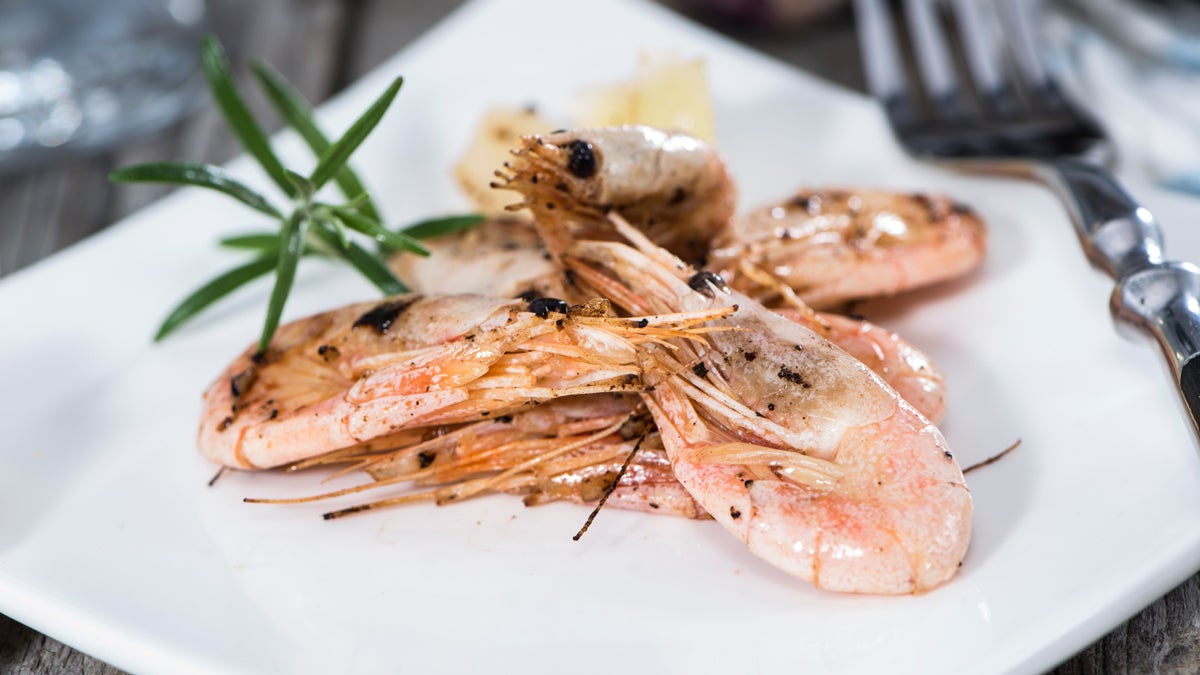Small plates, empty stomach, light wallet

(Small plate image courtesy of Shutterstock.com)
Recently, I went with a friend to what is known euphemistically as a “small plate” restaurant in Philly. That means you pay entrée prices for appetizers and need to order several if you don’t want to leave feeling hungry.
Perusing the menu, I was embarrassed. My friend had offered to treat me to dinner, and I could tell this was going to be a credit card bender. I suggested we move along to another eatery. He balked at the idea and ordered three entrees for us to share. Salmon, duck and steak. It sounded like a wedding feast, but believe me, these were Barbie-sized portions. At very grown-up prices.
Obviously, I’m not part of the market segment that this restaurant was targeting. And it’s not the only small-plate game in town. It isn’t even listed among Gayot’s “Top 10 Small Plate Restaurants in Philadelphia,” which describes the dishes as “more manageable portions that are perfect for sharing.”
I don’t get it. Who wants to dine on little bitty portions? Women on 500-calorie-a-day diets? Or people who feel that eating half a dozen small plates (because that’s how many it would take) is somehow more chic than having one normal entrée?
Lost in translation
While I have enjoyed tapas in Barcelona, I have to admit, I am not amused by its American translation. Somewhere over the Atlantic, the concept lost its purpose. Tapas in Spain is a tradition of serving reasonably priced little dishes — shrimp, deviled eggs, potato salad — to accompany drinks as people wander from one bar to the next early in the evening, during a prolonged happy hour, before settling on a restaurant in which to dine on a full-course meal around 10 p.m. It was never intended to be a replacement for an actual meal. There are tapas bars in Spain. And there are restaurants. One never masquerades as the other.
Before dinner, the French serve an amuse bouche, a small dish to stimulate the palate while you’re loitering over an aperitif. This might be a little saucer of spiced almonds. But they don’t charge you for it! It’s on the house.
I have also enjoyed small plates in the Middle East. At a Druze restaurant in northern Israel, waiters wearing red fezzes slapped down no fewer than 20 small plates: tasty little samples of lamb, olives, eggplant, hummus, and salads, fragrant with mint and exotic herbs. But these delicacies were intended to stimulate the appetite, not to satiate it. Following the small plates, came large portions of beef, lamb, fish or chicken, with mounds of steaming rice. No one leaves an Arab restaurant hungry. The same is true of typical Israeli fare. Whether you’re dining in a restaurant or home, it’s common to be served dozens of salads before the main dish.
And yet, a famous Israeli restaurant in Philly features nothing but small plates — street food, basically — at prices that would make them a laughing stock in Tel Aviv. You paid what for hummus? (Just imagine, paying $15 for a soft pretzel in Israel!) This misbegotten concept of small plates isn’t just happening locally. It’s a national trend. And why not? When restaurant owners can get patrons to pay top dollar for miniature portions, what’s to stop them?
An ‘affront to civilization’
Back in August 2012, in his Diner’s Journal blog for the New York Times, Pete Wells spoke of “the myth of small plates meant for sharing.” He brazenly suggested that these dishes are too small to share. I agree. How do you share six chickpeas? Another blogger, Neil Irwin for the Washington Post, went further in his June 2013 entry. He called small-plate restaurants “a tool for punishing those who just want an honest meal and, really, an affront to civilization.”
Alas, Philly was not the first city to embrace the small-plate craze. And it won’t be the last to let it go. There’s only one way to cast your vote. If you want to dawdle over expensive, Lilliputian “snacks” — enjoy the pretentious small-plate eateries while they last. But if you prefer an adult-size meal with your choice of appetizer and entrée, let your wallet do the talking.
WHYY is your source for fact-based, in-depth journalism and information. As a nonprofit organization, we rely on financial support from readers like you. Please give today.

